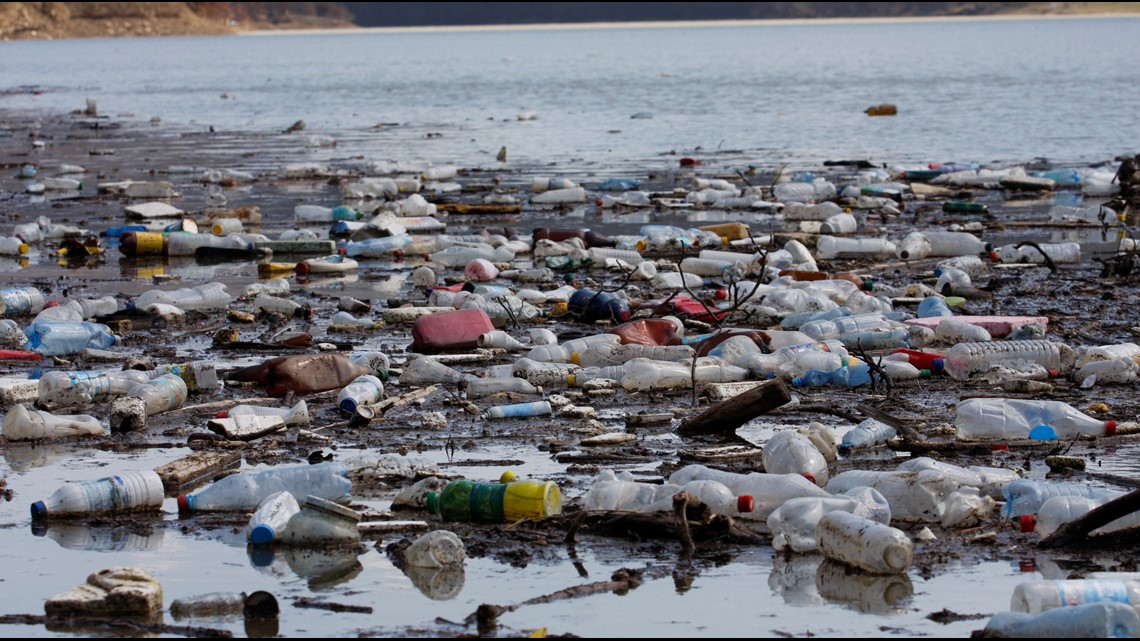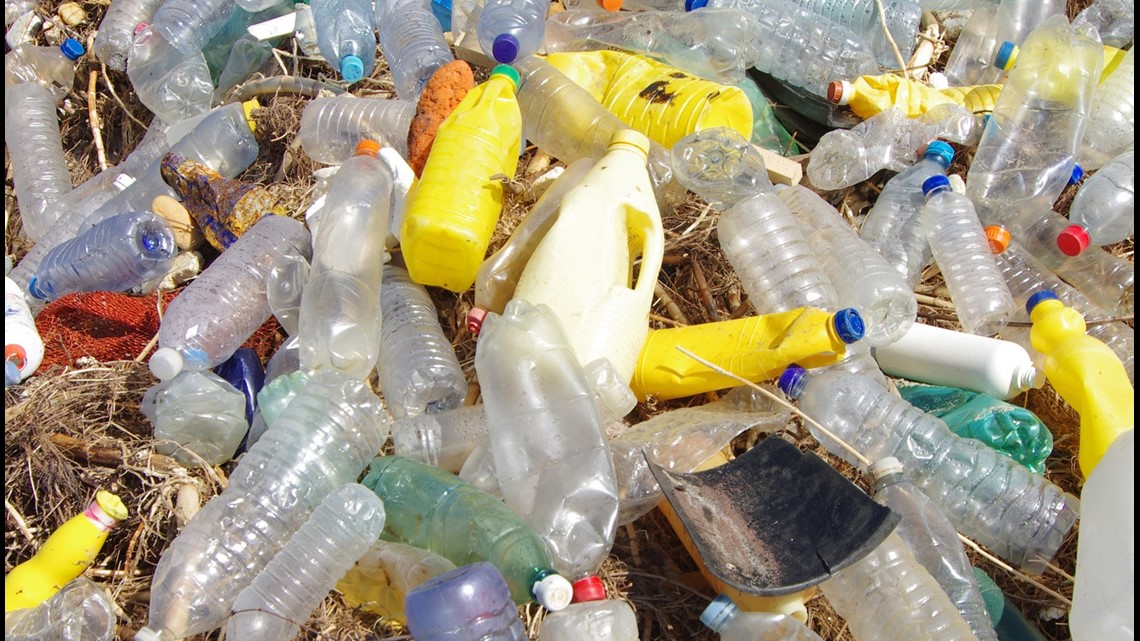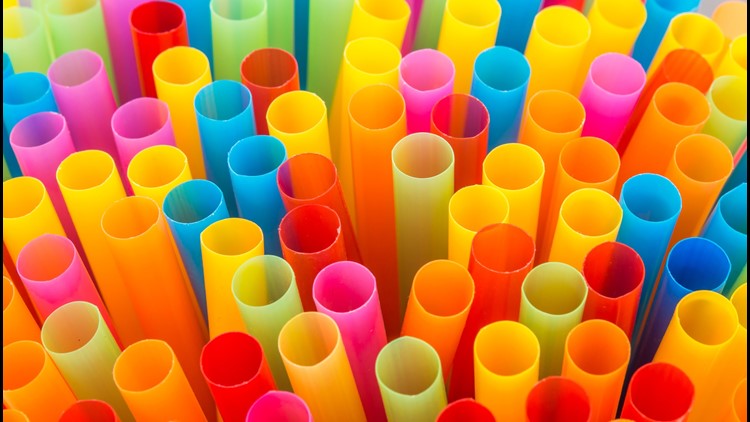It was summer.
I was about 12-years old, and on my way up to my neighbor’s cabin on Lake Pokegema when we stopped at Tobies in Hinckley for lunch. When my drink arrived, I carefully tore-off one end of the paper wrapper on my straw and pulled the wrapper about an inch out from the end, leaving the rest covered, then put the exposed part of the straw to my lips, and blew.
Of course, I was aiming at somebody’s head as I did this. My intended target was the much younger brother of one of my best friends.
I say “intended”, because about 90% of the way to the kid’s head that paper wrapper took a sudden, unexpected and unfortunate hard left-turn, and instead drilled the melon of a really, really large man, seated in the booth next door.
He was not happy.
The really, really large, and now unhappy man shot me a look that immediately let me know that the only thing keeping me alive at that moment was the fact that we were in a very public place. I told him that I was sorry, quietly put my straw in my pop and tried to put the incident behind me, but the big guy wasn’t having it. I swear, he stared holes in me the entire time. If his goal was to get me to behave in that restaurant, mission accomplished. If his goal was to get me to swear-off using straws forever (while I did consider it many times), in that moment he failed.
What’s weird is, right now I kind of wish I had.
What’s the problem with plastic straws you ask? Plenty, as it turns out.
The plastic straw is being used to stir the effort to clean-up the world’s oceans. Single use straws are on the expanding list of plastic items that are being either taxed, banned or boycotted to slow the flow of seaborne plastic trash before it outweighs fish in the ocean, something one study claims could happen by the year 2050.
The first recognized global conservationist was the late aquatic explorer Jacques Cousteau, whose travels aboard the Calypso revealed a world few had ever seen.... while at the same time warning us of dire consequences if we did not respect and work to preserve the sea. Unfortunately, Cousteau’s warnings were largely ignored and it appears most of his greatest fears are coming true.
According to a 2015 study by NOAA (U.S. National Oceanic and Atmospheric Administration), about eight million metric tons of plastic enter the ocean in a typical year, most coming from people who live within 50 kilometers of a coastline but also from farther inland.


“What does that mean to me?” you ask. Well, I could cite a lot of facts and figures that have been accumulated by others, about the damage all that plastic is having in any number of ways, or I could just tell you to Google search “The Great Pacific Garbage Patch”, or “Trash Island”. If those images don’t disturb you as much as they did me, I’m not sure what will.
Even the name “Trash Island” implies something that can be addressed rather quickly, but it turns out the problem appears to be much bigger than first believed.
A 2018 study built on data from vessel and aircraft surveys found that 79,000 tons of plastic are floating in an area spanning 1.6 million square kilometers (roughly 618,000 square miles). If that doesn’t grab you, just remember this; Researchers previously believed the Trash Island area was about 4-16 times smaller than it actually is, which in turn means the problem is a lot bigger than first believed.
So what does this have to do with you, and something as insignificant as a plastic drinking straw? I’m getting there.
Turns out the damage inflicted to our waters may hit a lot closer to home than you might think.


A 2016 study by the Rochester Institute of Technology estimates that together, the U.S. and Canada discard 22 million pounds of plastic into the waters of the Great Lakes EACH YEAR. Unlike the oceans, most of it they say, washes up in shore, accounting for 80% of the litter found there. Researchers say Chicago, Toronto, Cleveland and Detroit are the worst offenders, with an estimated 11 million pounds going into Lake Michigan. In terms of being worst abused Lake Michigan is followed closely by Lake Erie, Lake Ontario, Lake Huron and our own Lake Superior.
“Every piece of plastic entering our watersheds is an example of a serious design flaw”, says Anna Cummins, co-founder and global strategy director of 5 Gyres Institute. “We are manufacturing products that have no recovery plan or value after they leave consumer’s hands. Just as we demand that people dispose of their trash properly, we must also demand that companies take responsibility for the end life of their products.”
Which brings us back to the plastic straw.
Although straws make up only a tiny fraction of ocean plastic, advocates consider this a “gateway effort”, hoping it’s a good place to get people to start looking at an issue that on one level or another affects us all.
With straws, it’s their size and shape that makes them especially hazardous because they entangle marine animals and are often consumed by fish. Video of marine biologists removing an embedded straw from the nose of a sea turtle went viral back in 2015, and ignited the movement against plastic straws.
“If you have the opportunity to make this choice and not use a plastic straw, this can help keep this item off our beaches and raise awareness on plastic in the ocean,” says Jenna Jambeck, engineering professor from the University of Georgia, whose ground-breaking 2015 study was the first measurement of how much plastic debris enters the ocean every year. “And if you can make this one choice, maybe you can do even more.”
Choice is really what this matter comes down to.
The plastic industry opposes bans at every turn and Keith Christman, Managing Director for Plastics Markets at the American Chemistry Council and Co-Chair of the Global Action Committee on Marine Litter, says the plastics industry will oppose any effort to outlaw plastic straws.
What sets the anti-straw movement apart from other efforts is that in this case, activists aren’t seeking to change laws or regulations. They’re merely asking consumers (and perhaps suggesting to the service industry) that they change habits and say no to plastic single-use straws.
No global figures exist but according to the National Park Service, Americans alone use and discard 500 million straws A DAY. That’s 175 billion elongated pieces of plastic each year, going into landfills and littering our waterways and oceans.
This has to stop... and it starts with you.
This is a global movement, and there are several organizations working together to turn the tide on plastic litter: Groups such as ‘Straw Wars’ in the UK (So clever those Brits!), ‘Straws Suck’ (used by the worldwide Surfrider Foundation), the ‘Lonely Whale Foundation’ (started by former ‘Entourage’ actor Adrian Grenier), and the ‘OneLessStraw’ campaign (started by the brother-sister team of Olivia and Carter Ries, when they were ages 7 and 8).
The organization I would like to bring to your attention is ‘The Last Plastic Straw’, whose mission is to “educate the public about the absurdity of single use plastic, it’s effect on our health, our environment, and our oceans. We aim to eliminate from the source, the use of single use plastic.”
This is where consumers come in. The Last Plastic Straw asks that you simply request “no straw” at bard & restaurants and share your commitment with others. That’s it. For establishments, the “Last Plastic Straw Challenge” asks all bars and restaurants to simply put on their menus “Straws available upon request.”
And if you (like me) simply can’t imagine consuming a chocolate malt without a straw, compostable or reusable straws are an option, so you don’t need to do away with them entirely.
Easy right? And it makes so much sense that now maybe we can revisit that whole plastic bag thing...


